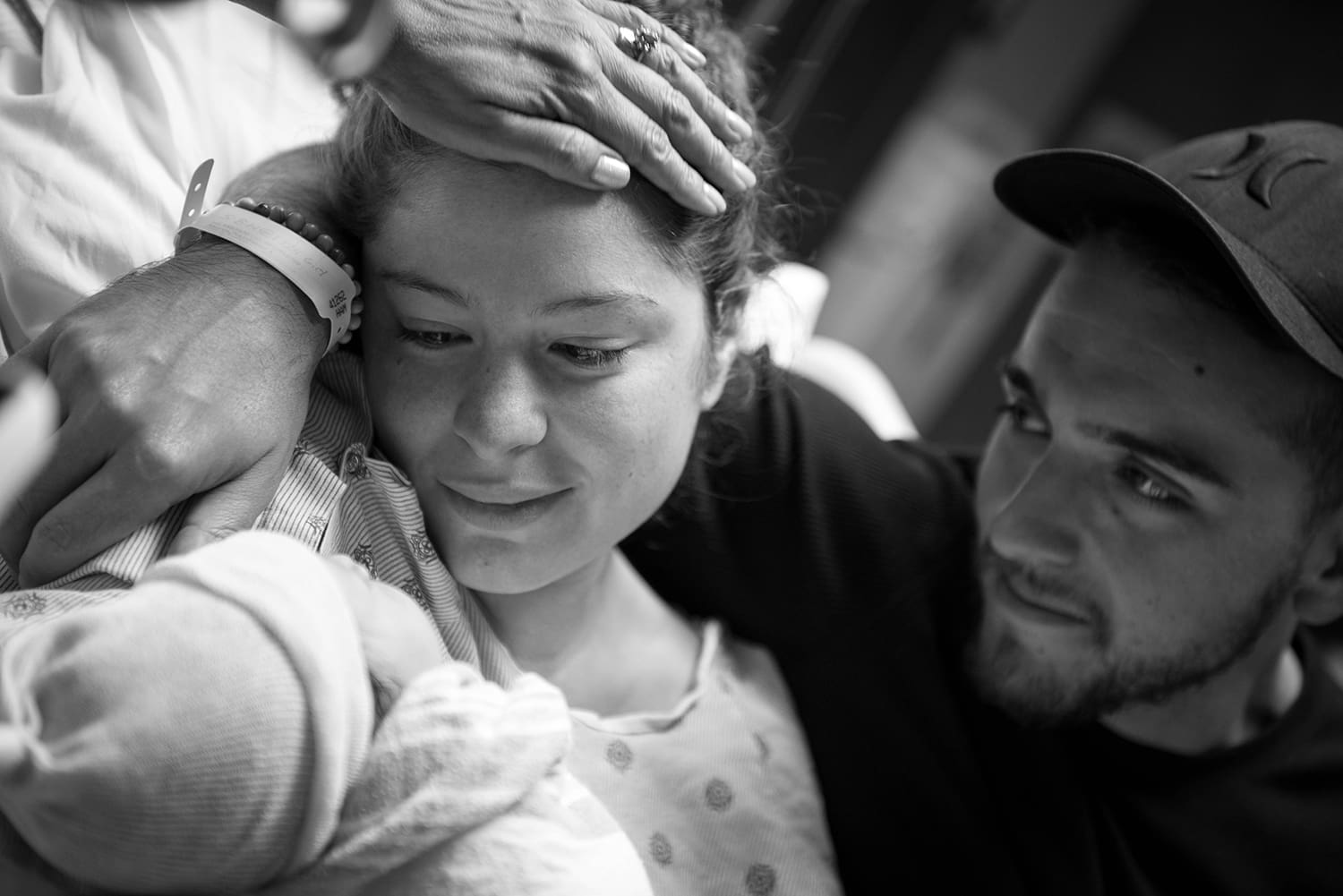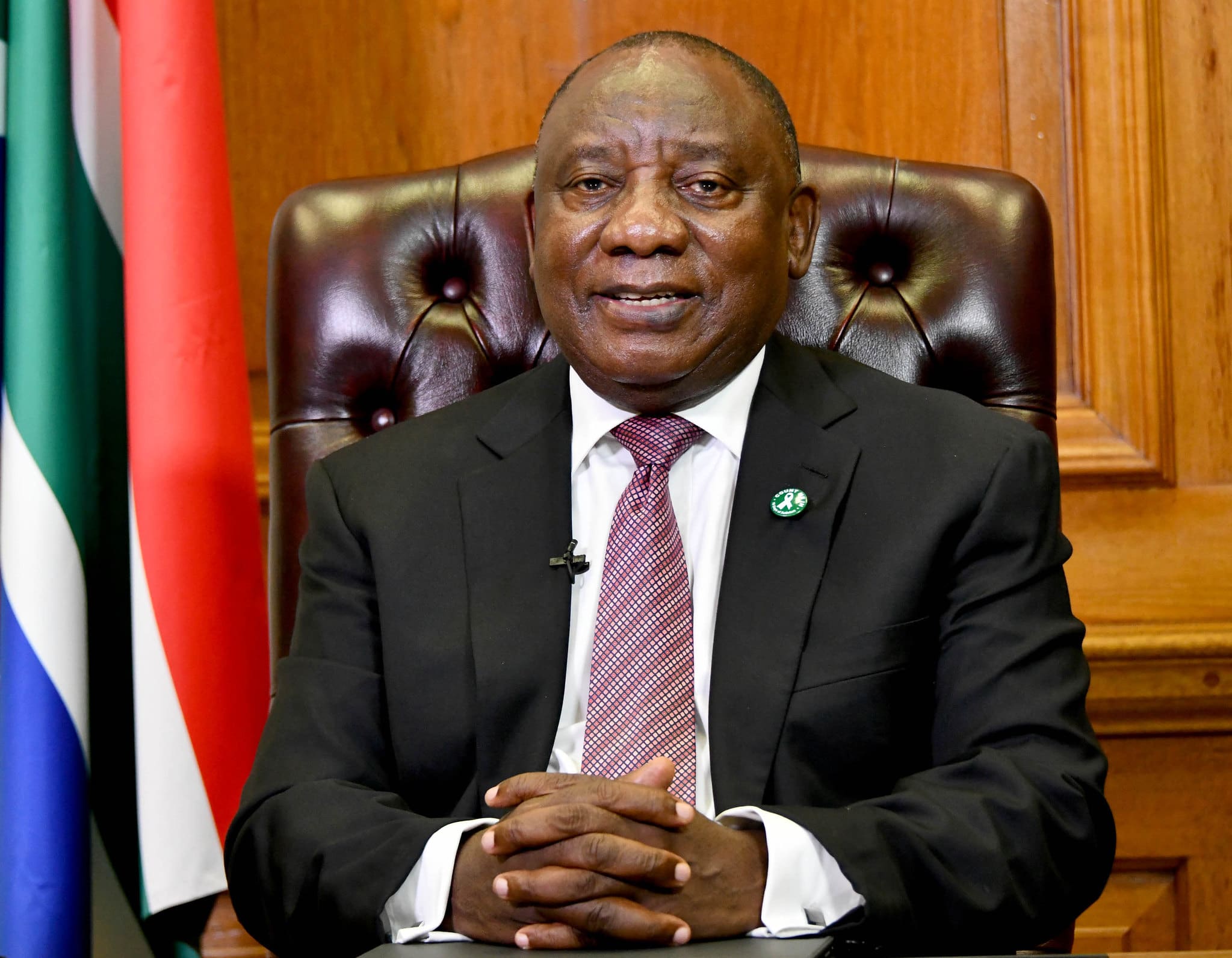The Constitutional Court has just rewritten the rules of parenthood. At least when it comes to work.
On Friday, the Constitutional Court handed down a landmark decision in Van Wyk and Others v Minister of Employment and Labour, declaring the country’s parental leave laws unconstitutional. The reason? They were stuck in the past.
Until now, South African law gave mothers four months’ maternity leave, while fathers got just 10 days. Adoptive and surrogate parents also faced a confusing patchwork of shorter entitlements, depending on how their child entered the family.
In practice, that meant one parent — usually the mother — carried the full weight of caregiving, while others were left out.
It’s a big deal, promising equal leave for all parents, but it’s not without some serious questions about how it’ll work in the real world. Let’s break it down.

How did we get here?
Under the Basic Conditions of Employment Act (BCEA), maternity leave was treated as a special category, reserved for the person who gave birth. They were entitled to four months of maternity leave, a recognition of the physical demands of pregnancy and childbirth. Everyone else involved got a sliver of time off.
Enter Werner and Lauren van Wyk, a married couple who wanted to share the responsibilities of caring for their newborn. Werner, the father, was in formal employment, while Lauren was self-employed, meaning she couldn’t access the full maternity leave benefits that an employed mother could. Werner wanted to take four months off to look after his newborn, but under BCEA, only birth mothers qualified. The couple argued that this patchwork system discriminated against fathers, same-sex couples, adoptive parents, and anyone who doesn’t fit the traditional “mom stays home, dad goes to work” model.
Their case made its way to the Constitutional Court, which agreed that the BCEA’s parental leave framework violated the constitutional rights to equality, dignity, and family life. In simple terms, the Court found that the old system treated different kinds of parents unequally, reinforcing outdated gender norms about who does the “real” parenting.
What did the original law say?
Before the court stepped in, South Africa’s parental leave laws were a bit of a relic, rooted in traditional and sometimes outdated ideas about who does the parenting.
The BCEA laid out the basic rules for leave entitlements, and it was pretty rigid about who got what. The Unemployment Insurance Fund (UIF) Act worked hand-in-hand with the BCEA to provide the cash side of things, including partial salary payments during leave.
Here’s how it worked:
Maternity Leave
- Who got it? Only women who gave birth (biological mothers) qualified.
- How much leave? Four consecutive months of unpaid leave from the employer. You could start this leave up to four weeks before your expected due date, and you couldn’t return to work for six weeks after birth unless a doctor or midwife gave the green light.
- How much financial support: Up to 66% of your salary, depending on your income, with a cap (around R17,000 per month in 2025 terms). You had to apply through the Department of Employment and Labour, and payments came after a bit of paperwork.
- Catch? This was only for birth mums; leaving dads, adoptive parents, and others out in the cold.
Parental Leave
- Who got it? Parents who weren’t eligible for maternity leave. Think fathers, adoptive parents, or commissioning parents (in surrogacy).
- How much? A whopping 10 consecutive days of unpaid leave, starting from the child’s birth or adoption placement.
- How much financial support: Same deal—66% of salary, capped, but only for those 10 days.
- Catch? Ten days is barely enough to change a few nappies, let alone bond with a new kid. It screamed, “parenting is mum’s job.”
Adoption and Surrogacy
- Who got it? One adoptive or commissioning parent of a child under two years old (yes, there was an age cap).
- How much? Two months and 10 days of unpaid leave, starting when the adoption order was granted or the child was placed. In the case of surrogacy, starting from the child’s birth.
- How much financial support: 66% of salary, capped, for the duration of the leave.
- Catch? Only one adoptive parent could claim this, and if your adopted kid was over two, tough luck. No leave for you.
Why were these rules a problem?
The old laws were built on assumptions that don’t hold up anymore. They basically said: “Mums stay home, dads go to work, and adoptive or surrogate parents get less.”
Four months for mums versus 10 days for dads? That screamed gender bias, reinforcing stereotypes that women are the default caregivers and men are the financial providers.
Short leaves for dads and others meant less time for kids to bond with both parents, which the court said hurt children’s best interests.
By tying women to longer leaves, the laws fueled the “motherhood penalty” (career stalls and wage gaps) while dads couldn’t step up.
The Constitutional Court called this out as unfair discrimination, violating rights to equality and dignity under the Constitution.
So, what’s changing?
The court threw out parts of the BCEA and UIF Act that treated parents differently based on gender, how their child joined the family (birth, adoption, surrogacy), or the child’s age.
While Parliament has 36 months to write new laws, here’s the interim setup that’s in effect right now:
- Shared leave pool: All parents (mums, dads, adoptive, surrogate, or commissioning) can share a total of four months and 10 days of parental leave. Single parents or those in single-income households get the full amount.
- Flexible splits: If both parents work, you decide how to divvy it up. Maybe mum takes three months, dad one, or you split it evenly. Can’t agree? It defaults to equal shares.
- Special cases: Birth mums can claim up to four weeks before birth and six weeks after for recovery, but it’s part of the shared pool. If there’s a miscarriage or stillbirth, any parent can take six weeks for emotional and physical healing.
- Adoption and surrogacy: No more age limits for adopted kids, and leave starts when the child is placed with you or born (for surrogacy).
- How it’s paid: The UIF covers 66% of your salary (with caps), and you need to give your employer four weeks’ notice (or one month for adoptions).
In theory, it’s about giving families the freedom to decide what works best, without the law playing favourites with who gets to bond with their kid.
Why does this ruling matter?
For many, this ruling is a big win for equality.
For the first time, fathers and partners can be primary caregivers, legally and socially. It’s a big win for gender equality and family flexibility.
According to Onyi Nwaneri, Managing Director at Sesame Workshop International South Africa, a non-profit organisation focusing on early childhood development and research, speaking with JacarandaFM: “When fathers step up as caregivers, mothers gain more freedom to pursue work, education, and personal growth.”
Employers, though, are bracing for impact: HR policies will need urgent updates, payroll systems must adjust, and costs could rise if companies choose to keep topping up salaries to full pay during extended leave, which some currently do for maternity leave but may rethink as more parents claim time off.
And while Parliament has 36 months to rewrite the law, the change takes effect immediately for all practical purposes, meaning businesses must comply now.
For families, this ruling offers freedom: the chance to decide who stays home, without legal bias. For employers, it’s a compliance scramble. And for the state, it raises tough questions about whether South Africa’s UIF system can handle the cost of broader benefits.
Emma is a freshly graduated Journalist from Stellenbosch University, who also holds an Honours in history. She joined the explain team, eager to provide thorough and truthful information and connect with her generation.
- Emma Solomon
- Emma Solomon




